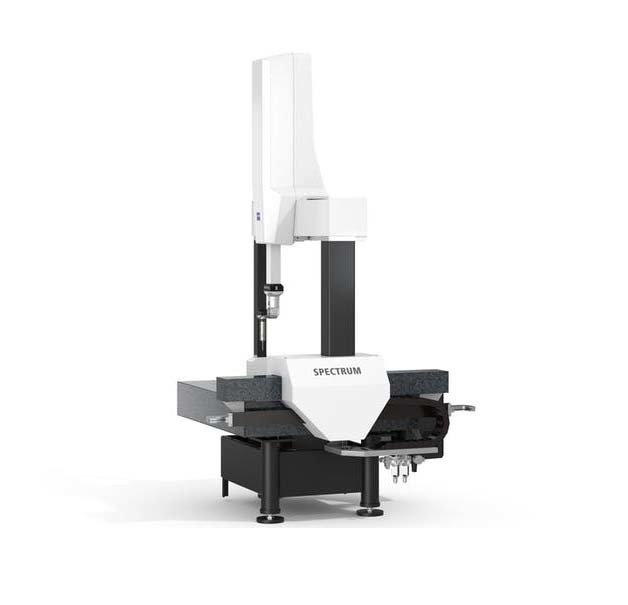Extreme micro-environment control system: Ensuring the precise operation of vertical interferometers
Release time:
2025-04-22
A micro-environment control system developed by Gigatest (Nanjing) Technology Co., Ltd., a subsidiary of Nanjing Tantu Technology, is revolutionizing precision. It provides a precise and stable environment for precision equipment such as vertical interferometers, achieving highly precise temperature control of ±0.002℃ and exceptional cleanliness level 10 capabilities.
A micro-environmental control system developed by Jice (Nanjing) Technology Co., Ltd., a subsidiary of Nanjing Tuozhan Technology, is revolutionizing precision, providing a precise and stable environment for precision equipment such as vertical interferometers, achieving up to ±0.002℃ high-precision temperature control and Class 10 cleanroom capabilities. Currently, it offers full-scenario non-standard customization capabilities to meet various environmental parameters and user needs, such as temperature and humidity stability, cleanliness, anti-vibration, anti-magnetic, and sound insulation. It currently serves many leading global semiconductor, communication equipment, and display panel companies and national key laboratories, and is used in numerous scientific research and production scenarios.

Stringent Environmental Requirements of Vertical Interferometers
As a key device for precision measurement, the vertical interferometer operates based on the principle of light interference. By measuring changes in interference fringes, it accurately determines parameters such as the length, angle, and surface flatness of an object, with accuracy reaching the nanometer level. However, because of this, it is extremely sensitive to even minor changes in the working environment. Temperature fluctuations can cause thermal expansion and contraction of the interferometer's optical components, mechanical structure, and the object being measured. For example, thermal deformation of optical lenses can alter the light propagation path, causing interference fringe displacement and introducing significant errors in high-precision measurements, seriously affecting measurement accuracy and reliability.
Leading Temperature Control Precision
Jice's precision temperature control equipment uses independently developed high-precision temperature control technology, with a control output accuracy of 0.1%. The temperature stability in key areas within the equipment can reach +/-2mK (static), and the temperature uniformity is less than 16mK/m. This precision ensures that during the operation of the vertical interferometer, the optical components and mechanical structure are not affected by temperature fluctuations and remain in optimal working condition, providing a stable foundation for precise measurement.
Humidity and Cleanliness Synergistic Protection
The internal humidity stability of the equipment can reach ±0.5%@8h, effectively preventing problems such as mold growth on optical components and rust on mechanical parts caused by humidity changes, extending the service life of the vertical interferometer. At the same time, the system can achieve cleanliness control above Class 100, exceeding ISO class 3 (equipment work area), preventing dust and other contaminants from affecting light propagation and interference fringes, creating an ultra-clean workspace for the interferometer.
Intelligent Functions to Assist Maintenance
Jice's precision temperature control equipment has a powerful real-time data recording and query function. Key data such as temperature and humidity during operation are automatically generated into curves, allowing operators to intuitively understand environmental changes. Data is automatically saved and can be exported at any time. Operating status and fault status are recorded simultaneously, facilitating data analysis, quality traceability, and fault diagnosis. In addition, the automatic safety protection system can achieve automatic fault protection, ensuring all-weather stable operation of the equipment and reducing measurement interruptions caused by faults.
Here is the title one h1 placeholder text
More news


